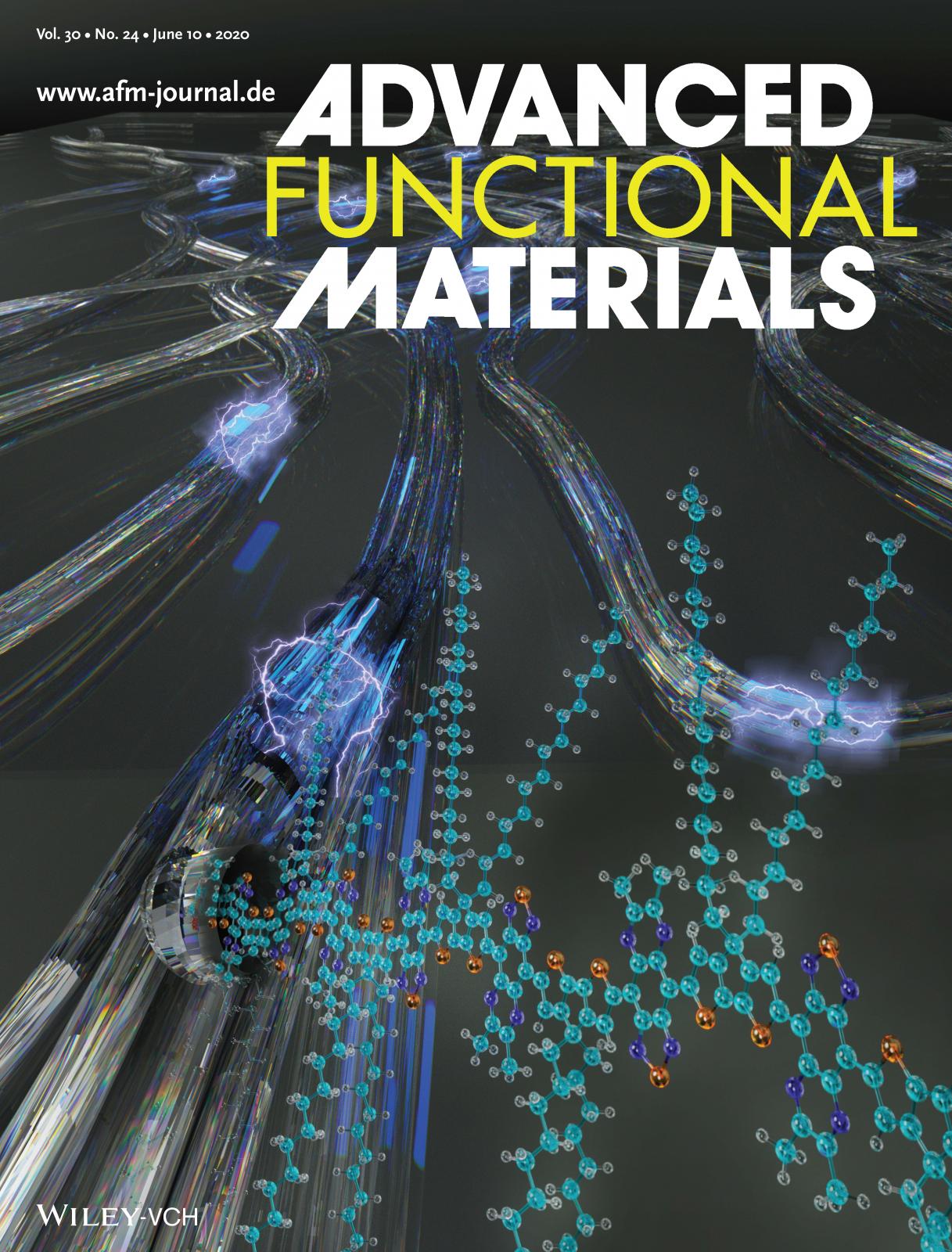
CEMOs investigator Jason D. Azoulay and co‐workers have demonstrated the design and development of open‐shell conjugated polymers that exhibit record high electrical conductivities in their native “undoped” form. This work overcomes historical foundational limitations and enables the development of new technologies.
Conductors of electricity are central to modern science and technology. These results demonstrate that open-shell materials can serve as single component conductors with distinct properties, manufacturability, materials compatibility, and (opto)electronic functionalities not accessible using traditional materials.
Widespread efforts in scientific and engineering disciplines over the last half century have led to the advancement of organic-based electrical conductors. Conducting polymers (CPs) are a leading technology for coatings, composites, textiles, sensors, electronics, and emerging technologies that comprise a growing, multi-billion dollar industry. They underpin many technologies since they merge electrical conductivity with the chemical versatility of macromolecules. Yet, no commercial CPs exist that are electrically conducting in their native form. Instead, a harsh chemical process is required (“doping”) to improve the conductivity to levels suitable for applications, giving rise to properties that are problematic for many technologies. These include high chemical reactivity, material and device instability, processing and performance limitations, and incompatibility with substrates and electronic components. These attributes preclude the utility of CPs within current and emerging technologies.
Research at the University of Southern Mississippi (USM) has enabled fundamentally new molecular design paradigms that impart intrinsic conductivity in neutral “undoped” CPs, overcoming historical foundational limitations of this field. Through this research, we have demonstrated that high conductivity has followed from the first examples of bandgap control at low energies, open-shell “radical” character, and extended π-systems with greater spin and π-delocalization than previous classes of materials with unpaired electrons. Furthermore, these materials are charge neutral (non-ionic), neither acidic nor corrosive, highly modular, solution-processable, and chemically and electrically stable, key differentiators compared to CPs and other material approaches that have been investigated in this context.
